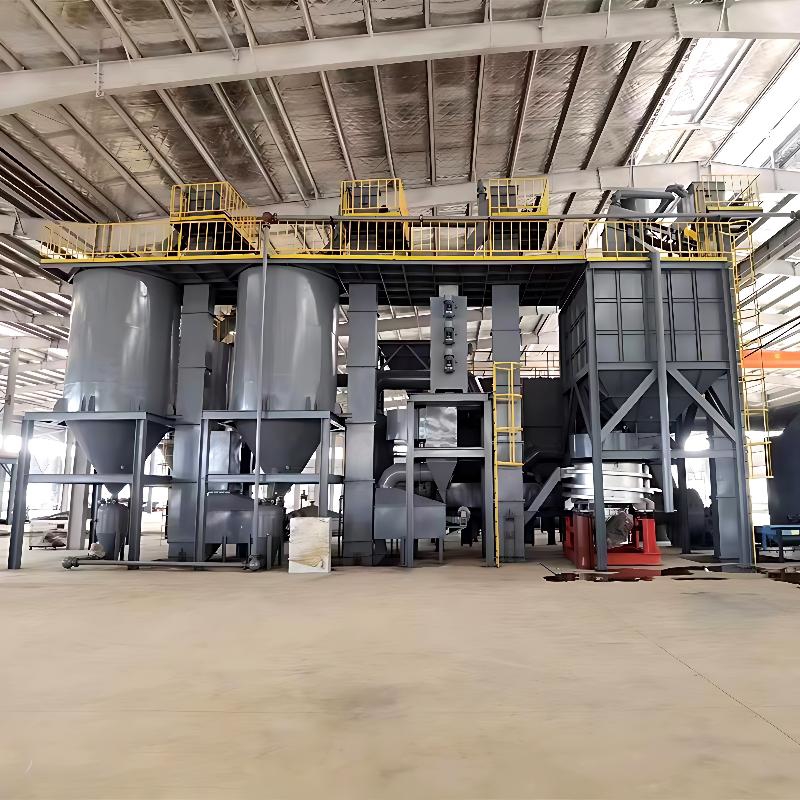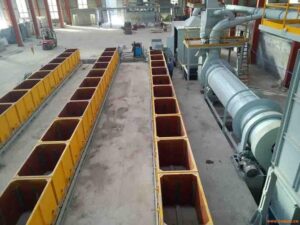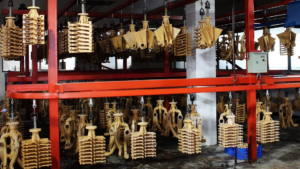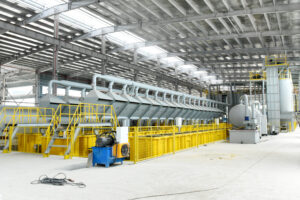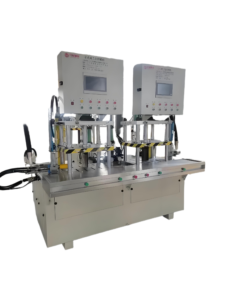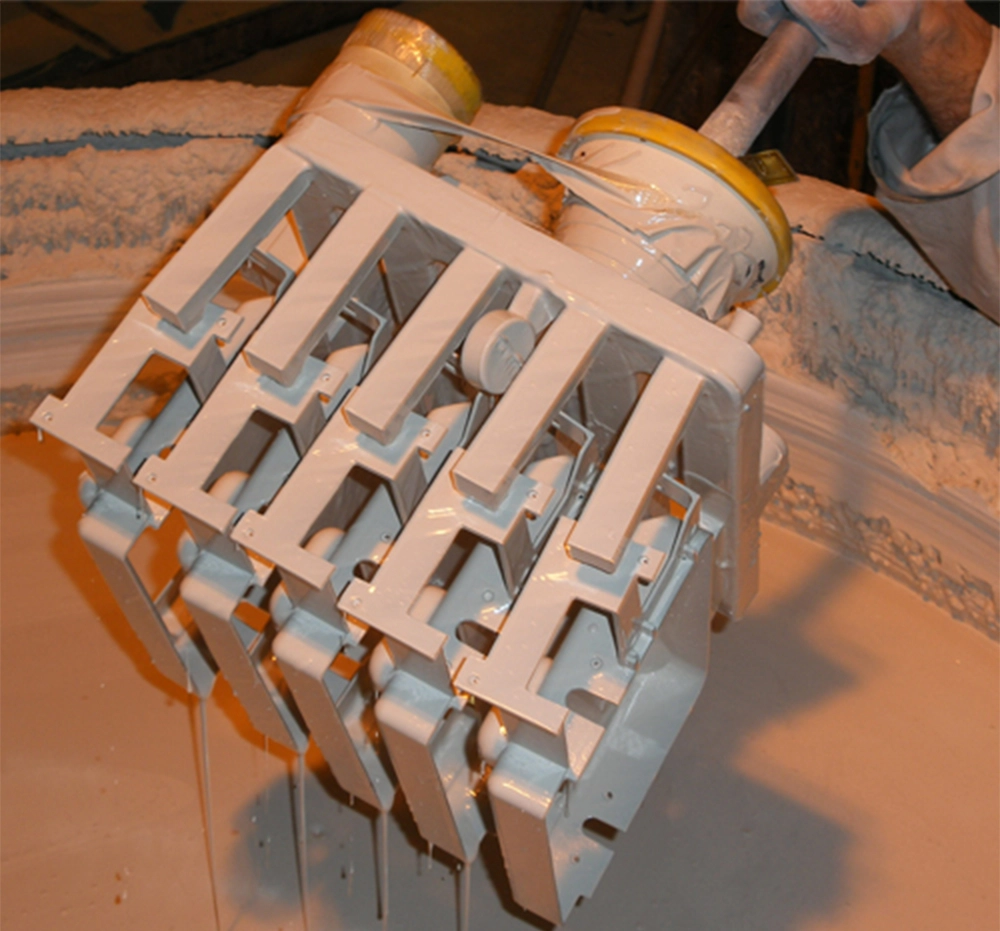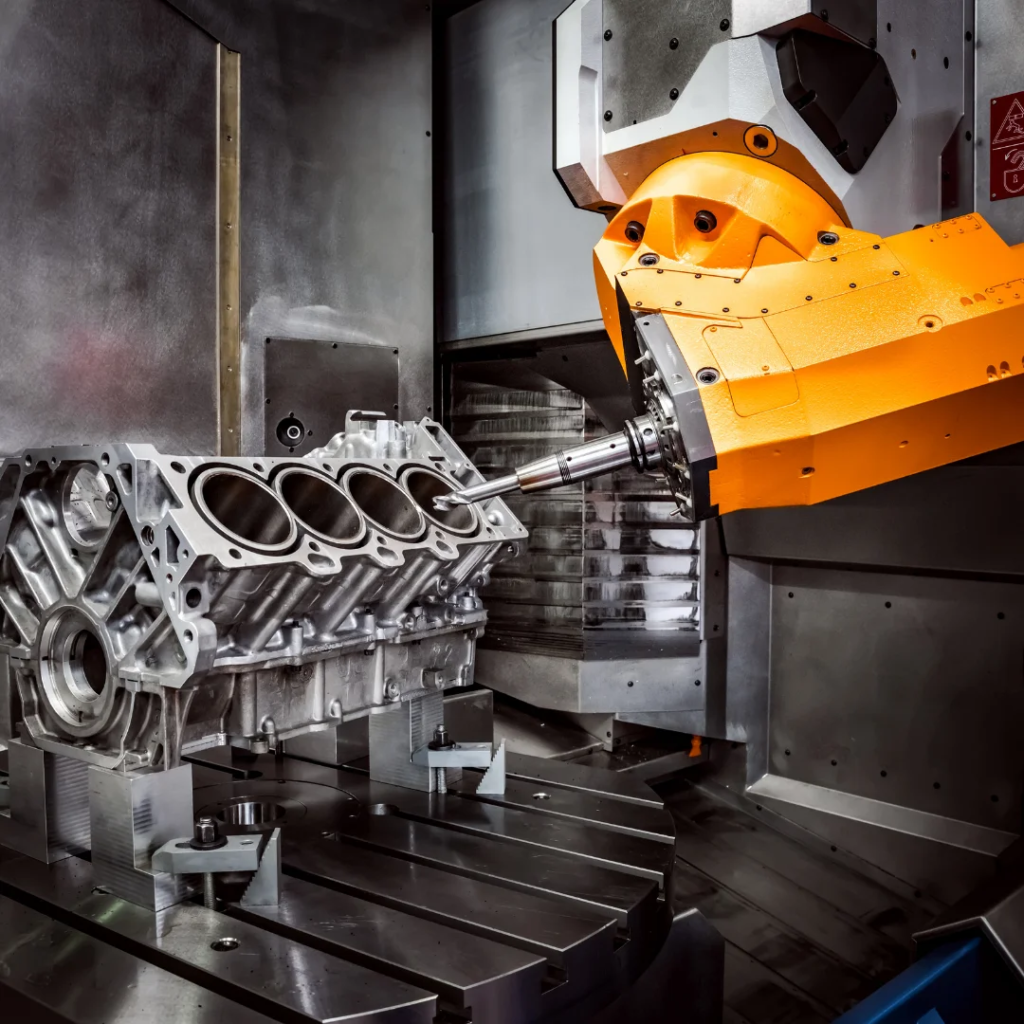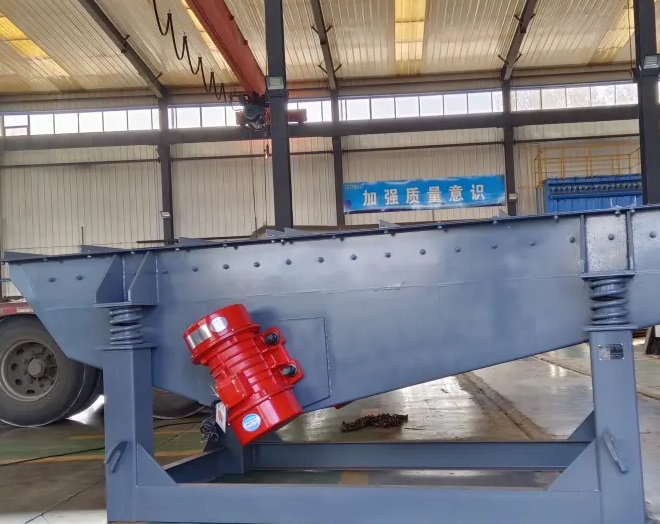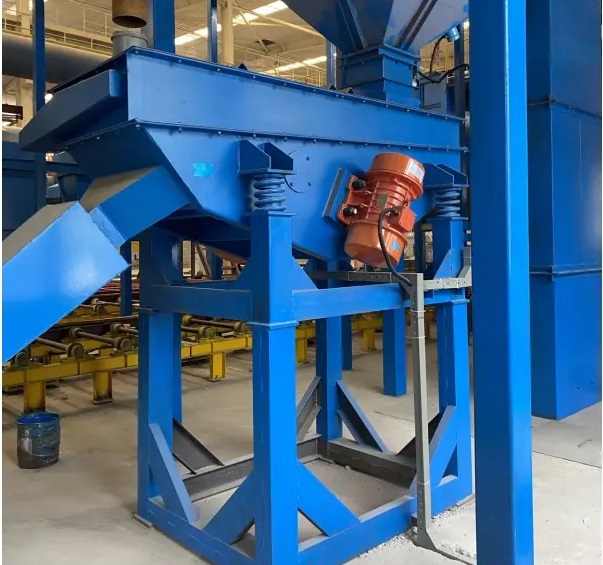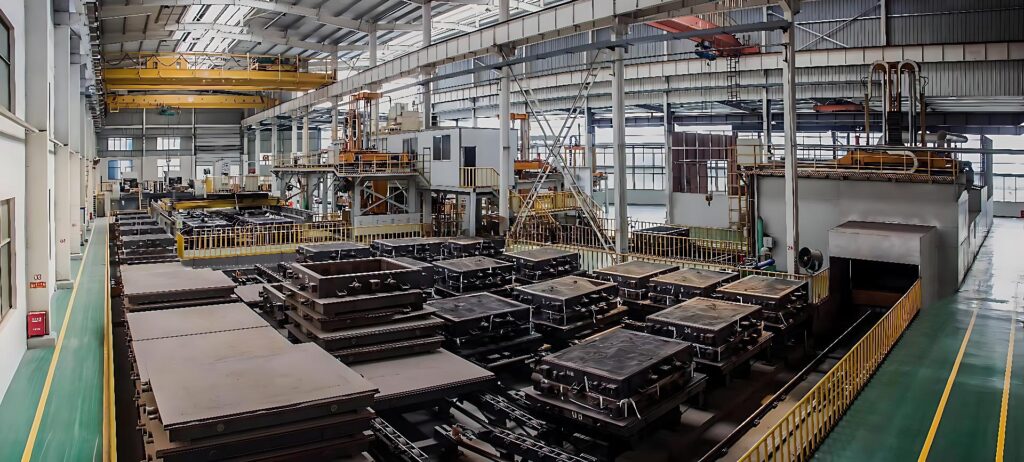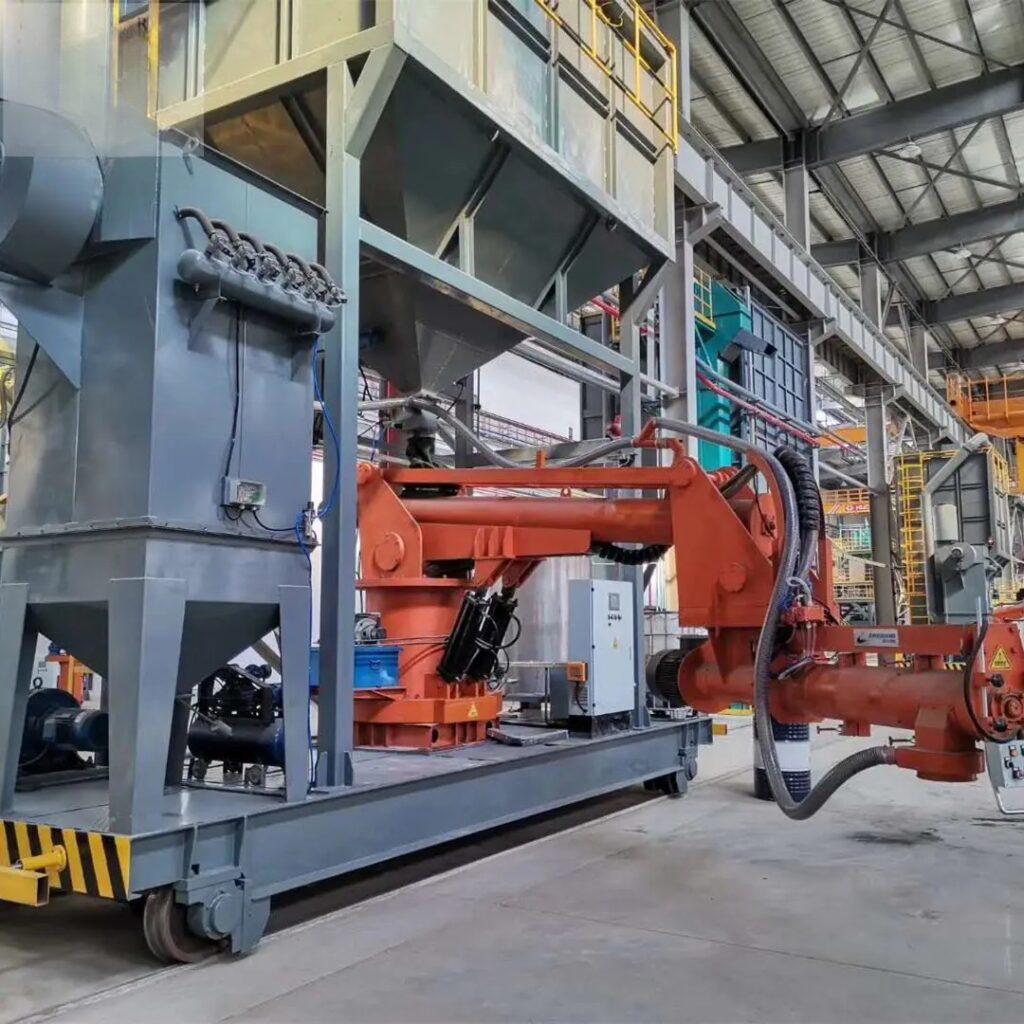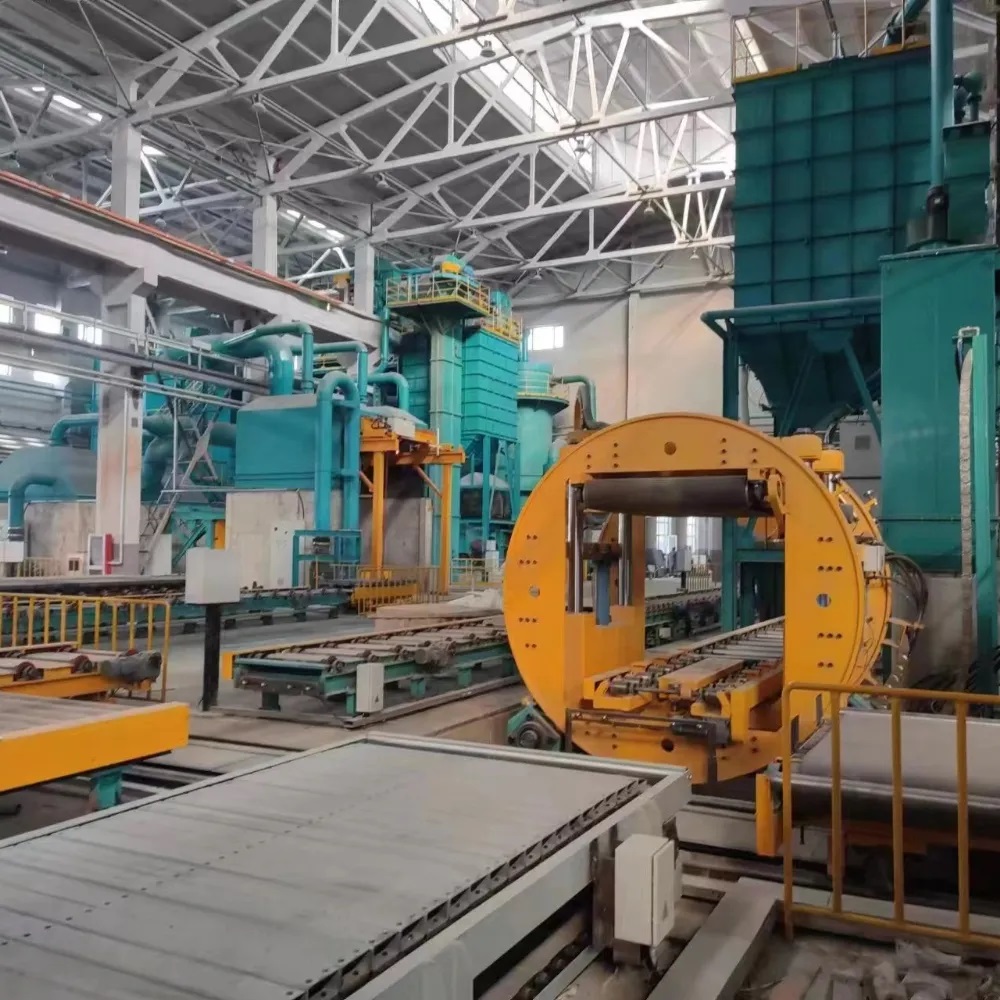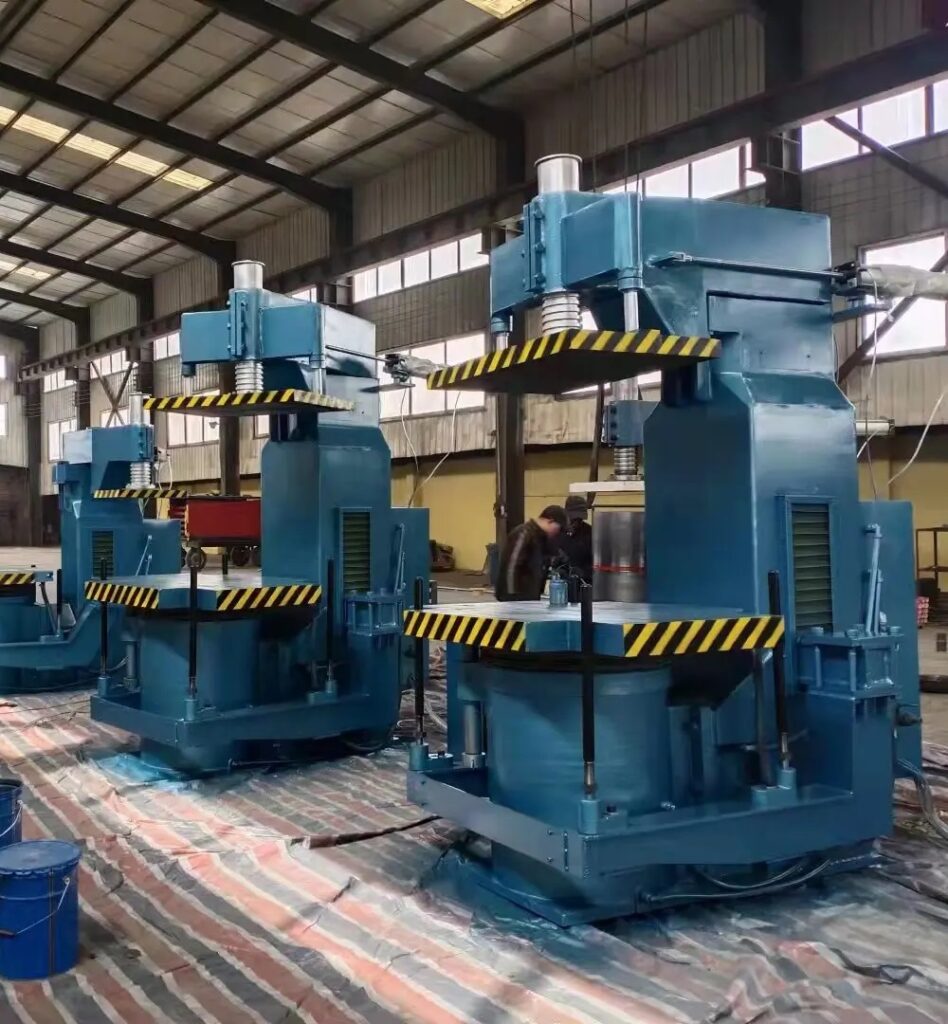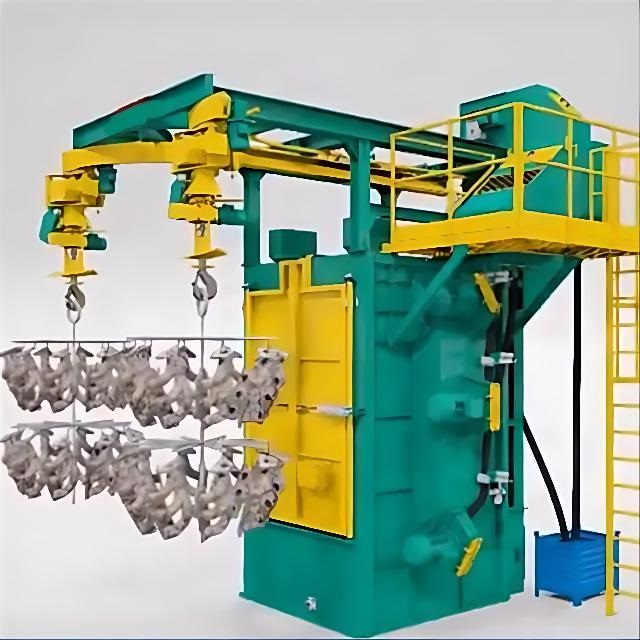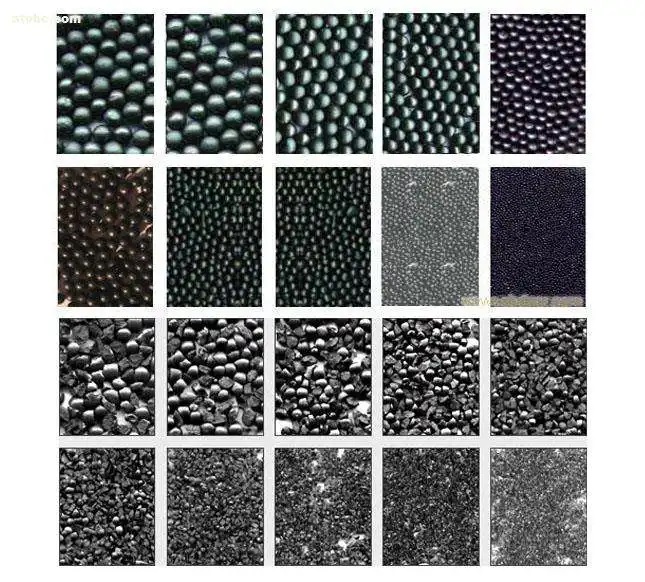3d mould making machine for castings
Revolutionizing Foundry Efficiency
1. The Future of 3D MouldMaking Machines for Castings:
3d mould making machine for castings enable direct digital-to-metal production of complex aluminum components with unprecedented precision (±0.1mm).
Key Benefits:
✔ 80% faster mould production vs traditional methods
✔ 60% cost reduction for prototype tooling
✔ Design freedom for complex cooling channels
Top Applications:
- Automotive: Engine blocks, transmission housings
- Aerospace: Lightweight structural components
- Industrial: Heat exchangers, pump housings

3d mould making machine for castings
2. How 3D Mould Machines Work for Aluminum
Process Flow:
- CAD Design → 2. 3D Printing (Sand/Resin) → 3. Mould Curing → 4. Aluminum Pouring
Material Options:
| Material Type | Best For | Tolerance |
|---|---|---|
| Furan Sand | High-volume | ±0.3mm |
| Phenolic Resin | Precision | ±0.15mm |
| Silicate Bonded | Large parts | ±0.5mm |
3. Machine Selection Guide
Critical Specifications:
- Build Volume: 600×600×500mm to 2000×1000×800mm
- Layer Resolution: 0.1-0.3mm
- Production Speed: 20-100L/hour
Technology Comparison:
| Type | Accuracy | Best For |
|---|---|---|
| Binder Jetting | ±0.2mm | Mass production |
| SLS | ±0.1mm | Complex geometries |
| DLP | ±0.05mm | Micro-features |
4. Integrating with Aluminum Casting Operations
Essential Peripheral Equipment:
- Automated Coating Systems: Uniform refractory application
- Drying Ovens: Precise temperature control
- Degassing Stations: Aluminum purity assurance
Software Ecosystem:
- Magics for file repair
- Flow simulation for gating design
- AI-driven defect prediction
5. Cost-Benefit Analysis
Traditional vs 3D Mould Making:
| Factor | CNC Machining | 3D Printing |
|---|---|---|
| Lead Time | 2-6 weeks | 2-5 days |
| Tooling Cost | 5,000−5,000−30,000 | 500−500−5,000 |
| Design Changes | $1,000+/change | Digital iteration |
ROI Example:
An auto parts manufacturer achieved:
- 40% reduction in scrap rate
- 75% faster time-to-market
- 8-month payback period
6.Lost Foam Casting Process
1. Pattern Material Selection
- Aluminum Die Castings:
Use expandable polystyrene (EPS) with pentane as a blowing agent.
Why: EPS is lightweight and decomposes cleanly at aluminum’s lower melting point (~660°C). - Cast Iron/Steel Parts:
Use a copolymer of EPS and EPMMA (expanded polymethyl methacrylate).
Why: The copolymer withstands higher temperatures (iron: ~1,200–1,500°C; steel: ~1,370–1,500°C) and reduces residue.
2. Pre-Expansion
- Process:
EPS beads are pre-expanded in a fluidized bed dryer using pentane (a volatile hydrocarbon).
Purpose: Increases bead size (typically 20–50x) to achieve target density (e.g., 20–30 kg/m³). - Key Control: Temperature and residence time to ensure uniform expansion.
3. Molding
- Tooling: Pre-expanded beads are blown into a metallic permanent mold using compressed air.
- Bonding: Heated (100–120°C) to fuse beads via steam, forming the foam pattern geometry.
- Pattern Design: Complex geometries are split into sections for easier molding, then assembled post-foaming.
4. Pattern Assembly & Gating
- Cluster Assembly:
Multiple foam patterns are mounted onto a gating system (typically EPS) to form a cluster.
Purpose: Enables simultaneous casting of multiple parts in one pour. - Gating Design: Channels must optimize molten metal flow and minimize turbulence.
5. Coating Application
- Refractory Coating:
Clusters are dipped in a water-based ceramic slurry (e.g., alumina, zirconia) to form a 2 mm coating.
Functions:- Prevents sand erosion during pouring.
- Creates a barrier to reduce gas defects from decomposing foam.
- Enhances surface finish.
- Drying: Coated clusters are dried thoroughly to avoid steam explosions during casting.
6. Mold Preparation
- Sand Compaction:
Coated clusters are placed in a flask, surrounded by unbonded quartz sand (grain size 0.1–0.4 mm).- Sand Raining Feeder: Ensures even distribution.
- Vibrating Table: Compacts sand to 90–95% density for stability.
- Sprue Exposure: Only the gating system’s sprue remains exposed for metal pouring.
7. Casting
- Pouring:
Molten metal is poured into the sprue. The heat decomposes the foam (EPS vaporizes; copolymer may leave minor ash).- Metal Flow: Fills the mold cavity precisely, replicating the foam pattern.
- Gas Management: Decomposition gases (pentane, styrene) vent through the permeable coating and sand.
- Critical Factors:
- Pouring temperature and speed to avoid turbulence.
- Foam degradation rate must match metal front advancement.
8. Demolding & Post-Processing
- Solidification: Metal cools in the sand mold (time depends on part size and alloy).
- Shakeout: Sand is removed via vibration, revealing the casting cluster.
- Cutting: Individual castings are separated from the gating system (e.g., sawing, grinding).
9. Sand Recycling
- Reclamation:
Used sand is cleaned (screening, thermal reclamation) to remove debris and residual coating.
Benefits:- Reduces material costs by 90–95%.
- Environmentally sustainable (minimal waste).
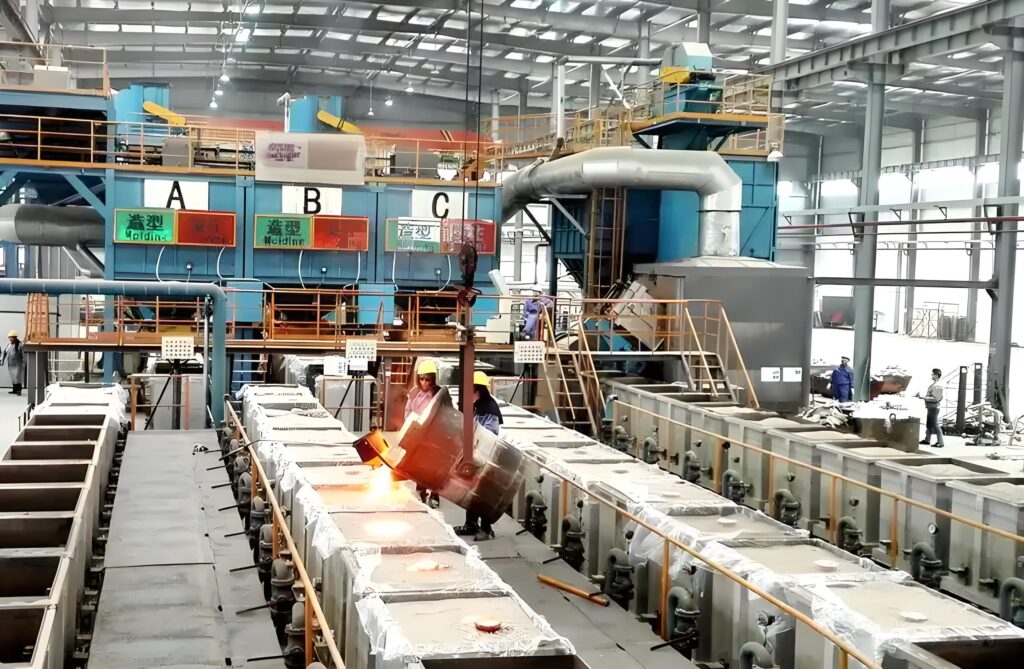
7. Why Choose KW Casting’s 3D Mould Solutions
✅ Hybrid Manufacturing: Combine 3D printed cores with traditional moulds
✅ Material Expertise: Specialized sands for aluminum alloys
✅ Global Support Network: 24/7 technical assistance
Ready to Upgrade Your Foundry?
Keywords:
- 3D mould making machine
- Aluminum casting 3D printer
- Sand 3D printing for foundry
- Rapid tooling for aluminum
- 3D printed sand moulds
- Foundry additive manufacturing
- Aluminum prototype casting
- Precision mould making


